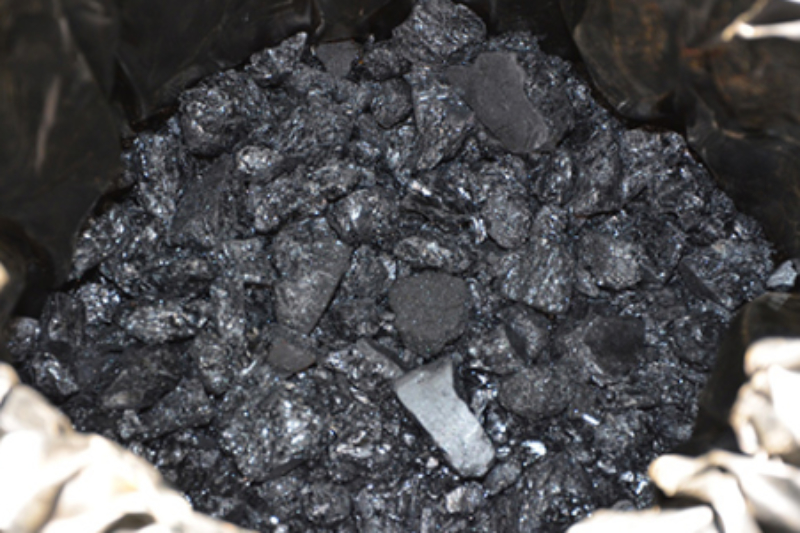
Recently a regulatory body was established by the formulators, distributors and even manufacturers to facilitate increased use of iodine in the industry today. World Iodine Association has tasked itself with ensuring the use of iodine where necessary and availing all necessary information concerning it to the public or anyone that may need the information. They, therefore, attempt to elaborate more details on iodine production and application in different market sections in the world today. Here are all the details you need to consider before making your order from potassium iodide suppliers today.
Origin of Iodine
Iodine can be mined in large deposits from underground brines from which they are taken for production, processing, packaging, and distribution. Currently, the global demand for this product weighs at about 33,000 metric tons annually could increase in the next coming years. Iodine is mined in Japan, Indonesia, Chile and the United States of America. The use of iodine and preservation of iodine is likely to increase especially with research on developing efficient production channels and recycling in different industries today. You can always consult with crude iodine suppliers for more details about its uses.
Types of Iodine
Iodine mainly exists in its physical form which is solid, elemental and even prilled form and can then after be transformed to assume the form the applicant needs in the lab. The recognized main types of iodine are:
Inorganic Derivatives
These are produced by the mitigation of iodine and may later be introduced into the human food chain to add supplements and also as a form of treatment. The iodates produced can be considered stable under room temperature but with combustion, they might lose their oxygen. The preparation of iodates entails the oxidation of iodine making it ionic acid. You then need to neutralize the solution using electrolytic oxidation or neutralizing using an oxide as a medium.
Organic Derivatives
This includes compounds like ethyl or methyl that do have aliphatic derivatives. These are essential compounds in organic chemistry but they can be further useful in pharmaceutical works. Check out below the numerous uses of iodine in the industry today.
Human Consumption
Only about 3% of the total iodine on earth is intended for human consumption. It contains a few nutrients than when incorporated into the human food chain or diet could develop health for the better. You, however, have to consult and understand which iodine type is perfect for nutritional advantages to your body.
Animal Feed Additives
Animal feed manufacturers today consider iodine an important supplement to the livestock feed. By incorporating it into their diet, you may temporarily improve their health and output in terms of milk and meat. That may just be the reason why almost 8% of global iodine is channeled to the production of supplement animal feeds.
Making of X-Ray Contrast Media
This is the main industrial application of iodine in the world today. Its relatively higher atomic number and density in comparison to other elements make it ideal for the reparation of x-ray contrasting media. This is in addition to its proven ability to treat and reduce the effects of radioactive iodide in the human body.